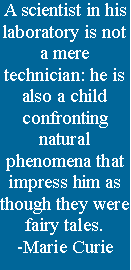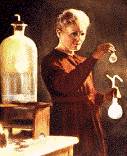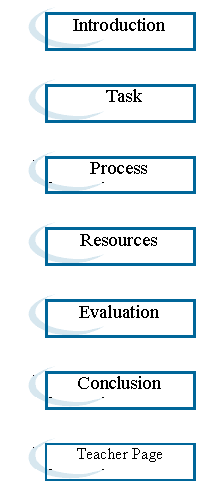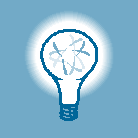|
Each student will become an expert in the different areas of nuclear chemistry. Task #1: Determine what makes an atom unstable. Examine the links below. Answer the following questions on about radioactive decay: A) What makes lighter nuclides stable? B) What are the three typical decay modes? C) Answer the general questions in the second link. http://www.mhhe.com/physsci/chemistry/essentialchemistry/flash/radioa7.swf http://algebralab.com/practice/practice.aspx?file=Reading_TheBandOfStability.xml
Task #2: You will become an expert on transmutation. Using the links below, explore the process of transmutation. Discover how transmutation reactions are balanced in the first link, then complete the worksheet in the second link. Remember to check your answers!! http://www.nysedregents.org/testing/reftable/archreftable/ChemRef1-7.pdf http://www.shodor.org/unchem/advanced/nuc/ http://www.nclark.net/NuclearWorksheet.pdf
Task #3: Investigate the following radioisotopes: iodine -131, phosphorus-32, boron-10, carbon-14, potassium-40, strontium-90, fluorine -18 Using the following links (and any of your own resources), report on the isotopes and include the following information: A) Name of the isotope and its notation B) Decay mode C) Balanced nuclear equation for decay D) Half life period E) Everyday uses of the isotope F) Benefits and risks of using this isotope. http://www.bookrags.com/research/radioisotopes-and-their-uses-in-mic-wmi/ http://www.nrc.gov/reading-rm/doc-collections/nuregs/brochures/br0217/r1/br0217r1.pdf |
Process |

|
Introduction | Task | Process | Resources | Evaluation | Conclusion | Teacher Page |



